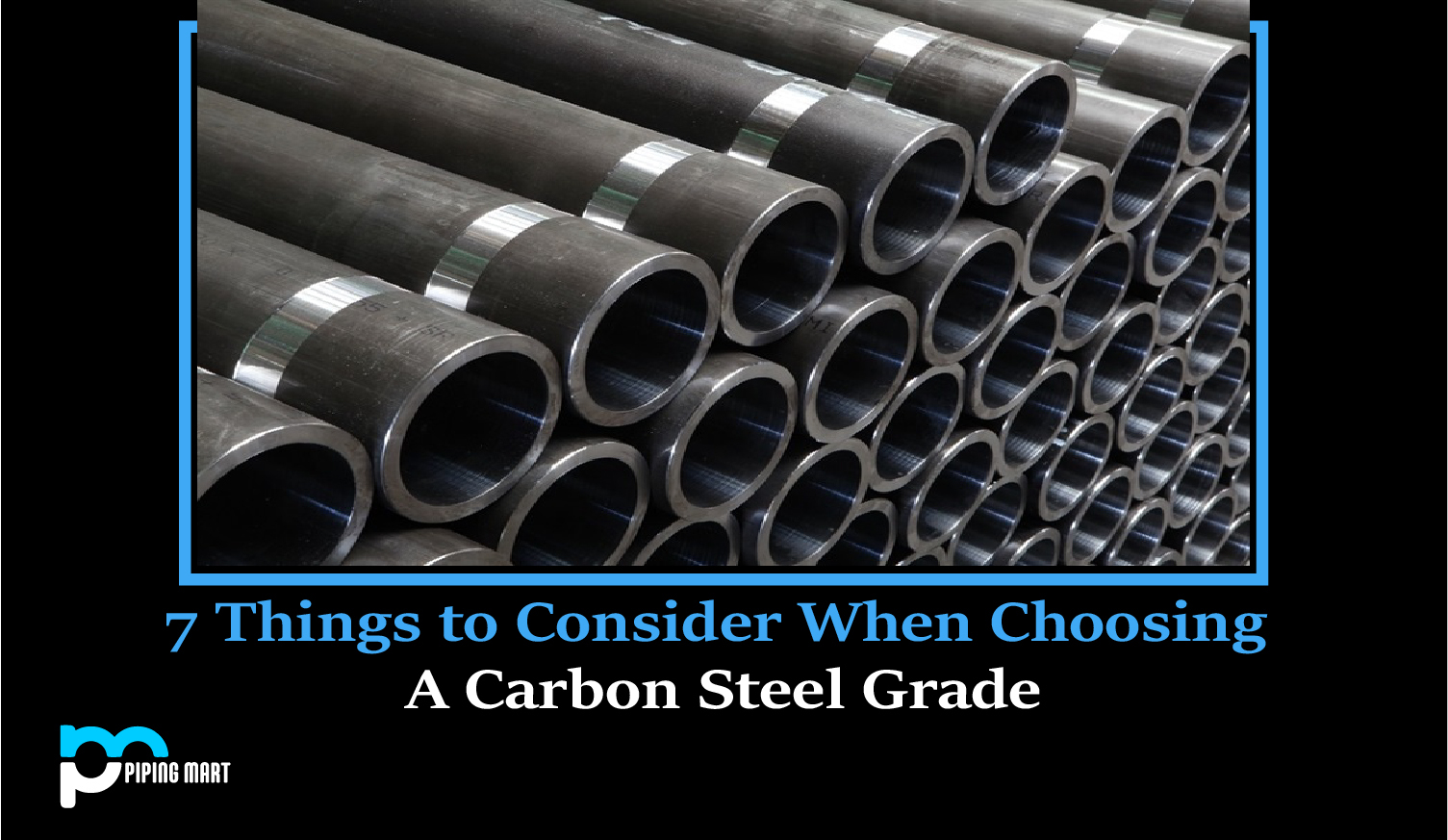Carbon steel possesses exceptional chemical and mechanical properties that make it a reliable choice in many industrial sectors. It contains 0.05% to 2.0% carbon, iron and other elements in addition. It is one of the most affordable materials that are used in industries. Based on the applications and requirements, it is important to select appropriate carbon steel grades. There are some important parameters that are considered while choosing a carbon steel grade such as,
Weldability property:
The grades that contain low carbon content offer very good weldability. Due to sulfur content, carbon steel is not suitable for welding. Sulfur content in material causes cracking. C1018 and A36 carbon steel grades are easily weldable as they contain lower carbon amounts. C1045 is a higher carbon steel grade that needs preheat and post-heat treatment after welding.
Machinability:
Lower carbon steel grades, including C1010 and C1018 offer excellent machinability properties. Higher carbon steel grades like C1141 and C1144 contain sulfur that also offers an easy machinability feature.
Strength parameter:
Higher carbon steel offers more tensile strength compared to lower carbon steel. High carbon steel grades such as C1045 is the perfect choice for applications that require excellent hardness and strength. Due to higher strength higher carbon steel easily withstand harsh conditions. High strength, low carbon alloys, i.e., HSLA, are specially designed for applications that require excellent formability and greater strength.
Formability:
Low Carbon steel grade has easy formability property compared to other grades. Carbon steels are formed with different procedures in order to get desired capabilities. A desired mechanical property can be achieved by different combinations of carbon steel grades. C1008 and C1010 offer excellent ductility features.
Heat treatment for Carbon Steel Grade:
Carbon steel grades with higher carbon levels, i.e., greater than 0.30% re easily heat treatable. These grades include C1045 and C1141. The formation of steel crystalline structure which makes it difficult for heat treatment. The lack of Carbon does not allow this formation and offers higher strength and hardness. Due to this, lower carbon steel lacks to sustain higher heat environments.
Corrosion resistance:
Carbon steel contains iron that results in forming rust and oxidation. Due to this, carbon steel is not a popular choice that requires exceptional resistivity. Different corrosion resistant elements are added, such as chromium, to get the desired resistivity features. In order to prevent corrosion, plated or galvanized carbon steel is selected. Carbon steel is painted or oiled on surfaces to prevent the oxidation and corrosion.
Applications of Carbon Steel Grade:
Carbon Steel has a wide variety of grades that are used in diverse applications. A36 is widely reliable for applications like cams, tanks, structural applications like bridges, automobile industry, forgings, etc. C1008, C1010, and C1018 carbon steel grades are used for mountain brackets, plates, tie rods, machinery, and structural applications. C1045 grade is the perfect choice for applications that require more hardness and strength. These applications include gears, bolts, crank shafts, bolts, cylinder shafts, etc. C1141 and C1144 grades are used where excellent machinability is required, such as studs, pins, tie rods, shafts, and many others.

Pipingmart is B2B portal specializes in industrial, metal and piping products. Also, share latest information and news related to products, materials and different types grades to help business dealing in this industry.




